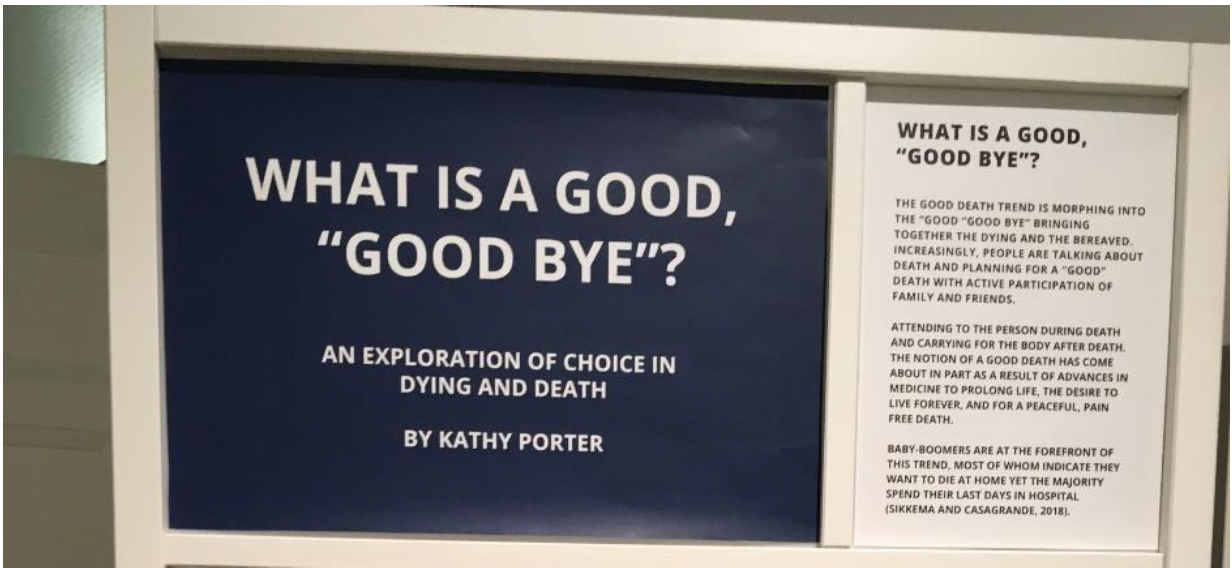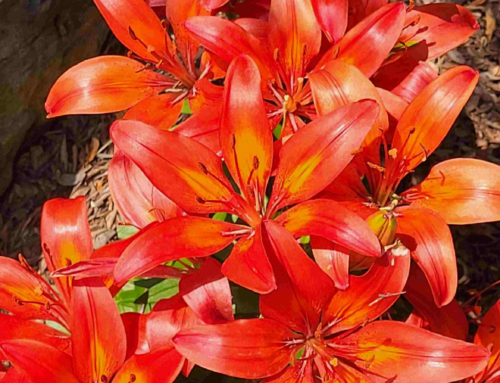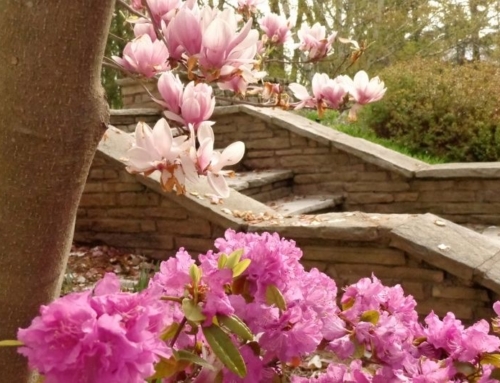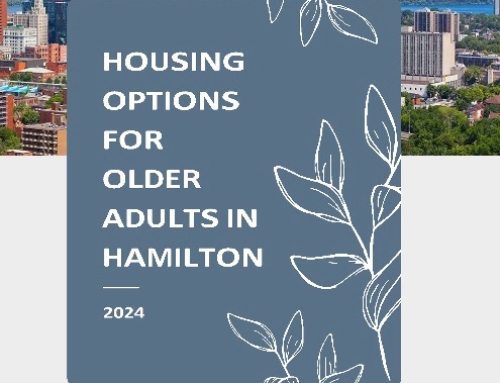Dying seems to be more and more on our minds and talked about more and more in our communities. Death is not an everyday reality for most Canadians as we do not face war, tyranny or violent upheaval like people in many countries around the world. We’re the products of affluence and promises of health, wealth and prosperity. But reality always comes to roost and our eyes have been opened to the truth that illness, disease and aging become daily companions and death is the one reality no one can escape.
I became interested in this change in our society, our need to embrace and talk more about dying and death, a few years ago when I entered my 60’s. I know it had to do with this milestone – entering my 7th decade – but also because I find both my interior and exterior landscapes fascinating to explore. I saw the growing desire in both faith communities and the larger community to do dying and death differently. I knew this change was something I had to embrace and explore.
On January 17, 2020 I went to the Dying. exhibit and launch reception in Toronto. What is Dying.exhibits? From their website:
“‘Dying.exhibits’ is an exhibition series on end of life, inviting participants to think about their relationship with life and death as a process; encouraging heart-level conversations about difficult, often taboo topics. By holistically engaging with life, including death, ‘Dying.exhibits’ becomes a catalyst for unpacking the uncomfortable. The exhibition serves as an opportunity to engage with diverse perspectives and participate in open discussion about death and dying through engaging art and design works and participatory experiences.”
The organizers of Dying., Health Design Studio at OCADU and Taboo Health, want us to engage in creative and open conversations about death, dying and design and they hope that Dying. 2020 will help us to do that. At the exhibit on January 17, I found myself effortlessly engaging with other visitors, some of the artists and organizers. The exhibit encourages conversation.
We no longer have to consider it taboo to speak about how we experienced the death of a loved one, how and where we want to die, choices that we have for recognizing and celebrating our life or our faith or burial choices. We have been given permission to speak about these things, and, Dying. has been a voice in giving permission.
All the art at the exhibit is meaningful, beautifully crafted and thought provoking. Two that drew me in the most was “Veil” by textile and material artist Lydia Haywood-Munn and “What is a ‘Good’, Good-bye” by poet Kathy Porter.

.
“Veil” by Lydia Haywood-Munn.
River stones have been stitched into this lined piece of linen which Haywood-Munn describes as an investigation of the materiality of “mourning and tethering experiences to objects. Repetition, weathered stones and stitching become a ritual for remembrance and honouring grief.” This piece has inspired me to think about the memories of my life and my loved ones that I want to keep and ritual around preserving them.
Kathy Porter. What is a Good, “Good Bye”?
Porter writes: “In recent years I have lost three family members, all of whom made different choices about their dying and death . . . I became curious to see how creative processes such as poetry and storytelling might trigger emotions that could lead to a change in attitude in relation to death and choice in dying.” Porter facilitates a discussion on dying and death at the exhibit.






